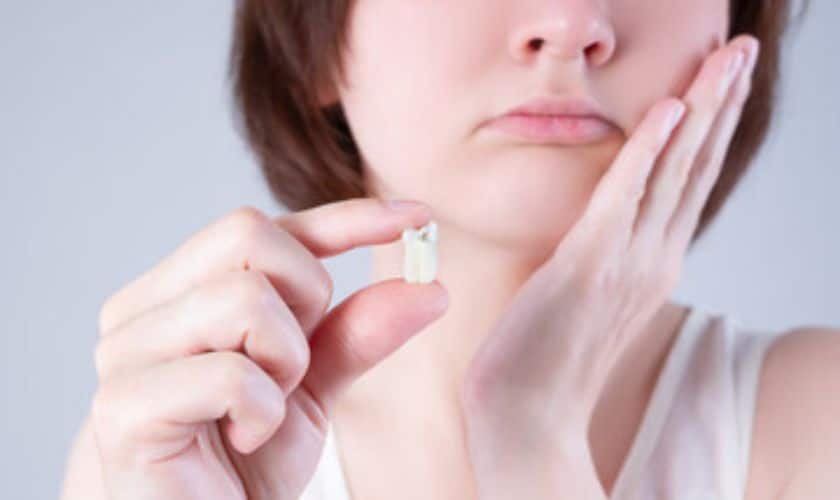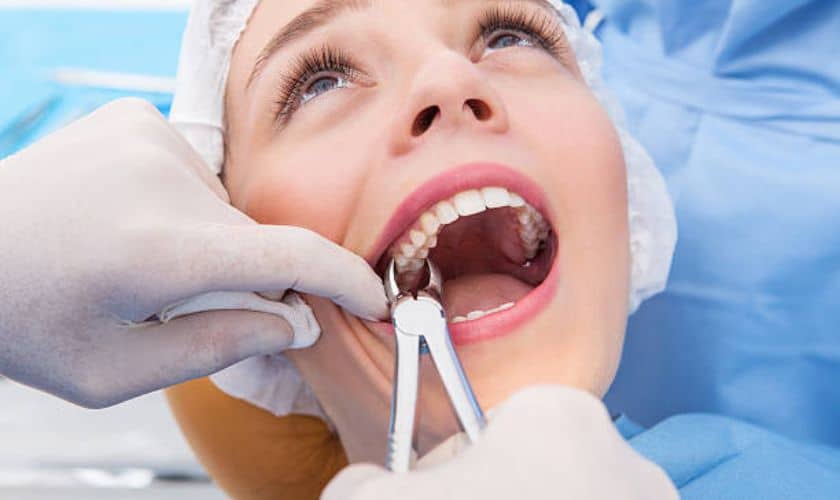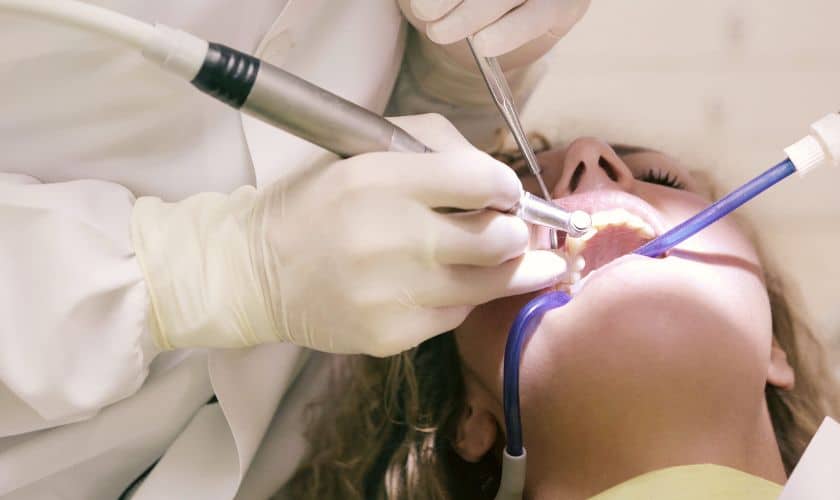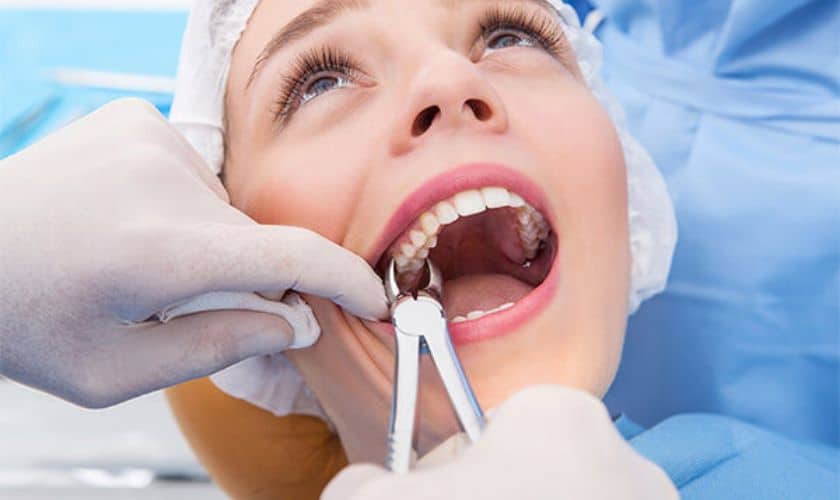
If you’re facing an upcoming tooth extraction, feeling a little nervous or apprehensive is normal. But the good news is that with proper preparation and aftercare, your experience can be much more hassle-free and less stressful than you might expect. In this blog post, we’ll cover all the dos and don’ts of tooth extraction- from what to do prior to your appointment to how to care for yourself afterward so whether you’re getting a wisdom tooth removed or need a damaged tooth extracted, read on for some expert tips and advice!
What is a Tooth Extraction?
Tooth extraction, also known as tooth extraction surgery or a dental extraction, is the removal of one or more teeth. There are multiple reasons someone might need a tooth extraction, and each case is different. In general, tooth extraction can be done for several different reasons, including:
If there is significant damage to the Tooth beyond repair with restoration (tampering), such as when there is a fracture caused by decay or an abscess
If the Tooth is in a difficult position to remove without causing further damage
If the Tooth is infected and must be removed for medical reasons
If there is any other reason that requires the removal of the Tooth.
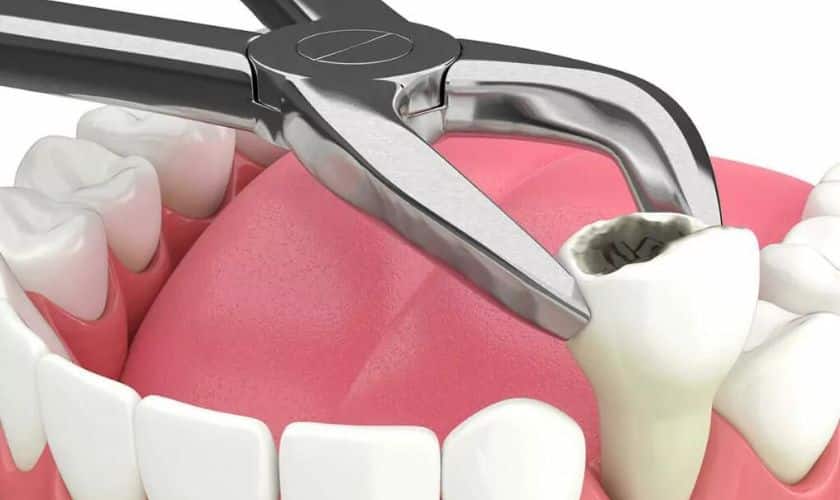
Before any surgery like this can occur, all of the patient’s relevant information must be gathered. It includes things like their medical history and any medications they are taking. The dentist will also need to know about any allergies that may exist. Once this information has been collected, the dentist will decide whether to proceed.
Removing a tooth typically begins with numbing the local area around the Tooth with an injection (anesthetic). It allows for less pain during the entire procedure and makes it easier for the dentist to work in difficult areas. Once numbing has taken effect, a local anesthetic will be injected into either side of each Tooth which will provide complete anesthesia over the entire.
Types of Tooth Extractions
There are a few different tooth extractions, each with risks and benefits. Here are the most common types:
1. Surgery: This is the most well-known type of extraction, and it usually involves taking out the entire Tooth using either surgical tools or your own hands. The risks include pain, bleeding, infection, and even permanent damage to the Tooth.
2. Dental abrasion: This is a less invasive procedure that uses tiny diamonds or other instruments to remove small pieces of teeth without surgery. The risk is minimal bleeding and no infection, but there is still potential for pain and discomfort.
3. Dental flossing: This traditional technique involves threading a thin piece of floss between your teeth and pulling gently to remove plaque and bacteria buildup. There’s no need for anesthesia or surgery; however, this method isn’t as effective at removing all debris from teeth as other methods.
4. Tooth removal with a power drill: This type of extraction uses a powerful motor to break through the outer layer of your Tooth without using any tools or fingers. Again, there is minimal risk of bleeding or infection, but the process may be more complex than other techniques.
How to Prepare for a Tooth Extraction?
Tooth extraction is a standard procedure many people have to experience at some point in their lives. Here are specific tips on how to prepare for the procedure:
1. Make sure you are fully informed about the risks and benefits of tooth extraction before deciding if it is the right thing for you.
2. If you are considering having a tooth extracted, schedule an appointment with your dentist as soon as possible. It will allow them time to perform a complete examination of your mouth and determine if extraction is the best option for you.
3. Make sure to eat a balanced diet before your appointment so that your stomach isn’t upset by any medications or anesthesia that may be used during the procedure.
4. Make sure to drink plenty of fluids before and after the surgery, as dehydration can lead to complications during and after the surgery.
5. You need to know some specific tips on how to prepare your child for a tooth extraction. If your child needs to undergo a tooth extraction, it’s essential to approach the situation with care and preparation. Start by explaining the procedure to your child in a gentle and age-appropriate manner. Reassure them that the dentist will ensure they are comfortable and that the procedure is necessary for their oral health. Answer any questions they may have honestly and empathetically to alleviate any fears or concerns they may have.
How to Recover After a Tooth Extraction?
If you’ve had a tooth extraction, there are certain things you need to do to make sure your recovery is as smooth as possible. Here are some suggestions for ensuring a swift and easy process:
1. Drink plenty of fluids. The body requires lots of water to flush out the sedatives and painkillers used during the extraction. So drink ample fluids throughout the day, especially if you feel nauseated or have any fever symptoms.
2. Avoid eating hard foods and crunching on ice chips. These will cause additional pain and inflammation in the gums and teeth. Try to consume soft foods like yogurt or applesauce instead.
3. Don’t try to brush your teeth for at least two days after the extraction. Brushing can cause more damage to the gums and teeth than simply leaving them alone! Instead, wash your mouth with warm water and saline solution once or twice daily.
4. Apply cold packs to your face every few hours during the first 24 hours after the extraction – this will help reduce swelling and inflammation in the area.
When to Call an Emergency Dentist?
If you have a toothache that’s not going away or notice blood in your mouth, it’s time to call an emergency dentist. If the pain is excruciating and continues for more than an hour after swallowing, or if there is any other sign of a severe health issue, go to the hospital.
If you are ever considering having a tooth extraction, it is essential to be aware of the dos and don’ts. Here are some tips that will help make the process as smooth as possible for both you and your dentist:
Do research on different types of anesthesia before choosing one. Many alternatives are available, so finding the best work for you is essential.
Be open with your dentist regarding any issues or fears about the procedure. They want to ensure everything goes smoothly for your safety and satisfaction.
Source: Dental Minute with Steven T. Cutbirth, DDS
In conclusion, knowing the dos and don’ts of tooth extraction can help ensure a smooth recovery and minimize complications. Dos include following the dentist’s instructions for post-operative care, such as taking prescribed medications, applying ice packs, and eating soft foods. It’s important to maintain good oral hygiene by gently brushing and avoiding the extraction site. Don’ts include smoking, using straws, consuming hard or sticky foods, and engaging in vigorous physical activity immediately after the procedure. By adhering to these guidelines, you can promote healing, reduce the risk of infection, and make your tooth extraction experience as comfortable as possible.


